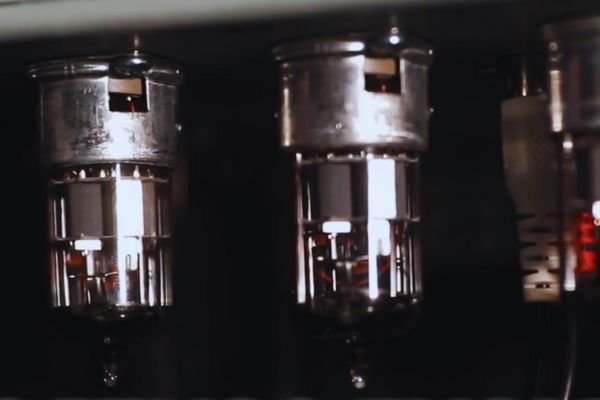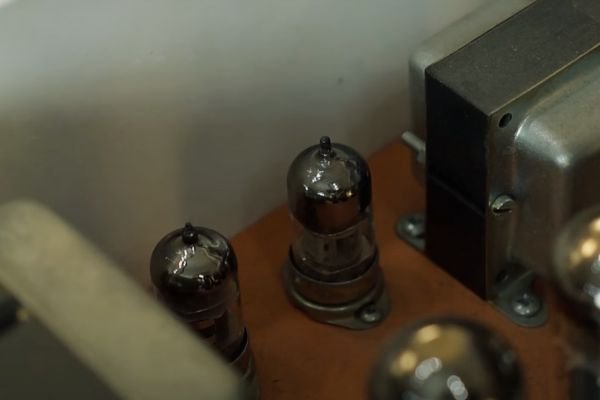It’s a misconception that matching preamp tubes is necessary for optimal performance. They don’t need to be matched as long as they are compatible with your amplifier’s specifications. Each preamp tube in an amp typically has its own job to do. For example, the first tube might amplify the guitar’s signal, while the second tube might add some extra gain or distortion. Unmatched tubes can sound just as good and provide a unique and personalized sound to your playing. Read on to learn everything about do preamp tubes need to be matched, why they don’t need to be matched, what exactly is matched tubes, what matched tubes can do, and much more. Let’s get started.
Do Preamp Tubes Need To Be Matched?
Matching preamp tubes is not mandatory, as the two triodes in these tubes operate independently in different circuits. It means they’re not connected in the same electrical circuit, and each triode (a device used in amplifiers to control the flow of electrons) has its own circuit to operate within. So, it doesn’t matter much whether the two triodes match or not.
Many musicians opt for mix-and-match preamp tubes, as this can change the tone or enhance the sound quality of their preamp or amplifier. For instance, mixing a low-gain 12AU7 tube with a high-gain 12AX7 can offer you a nice balance of clean and distorted tones, while a 5751 tube can provide a smoother sound compared to a 12AX7.

What Exactly Does “MATCHED TUBES” Mean?
Matched tubes are a set of vacuum tubes that have been carefully selected and tested to ensure they have very similar electrical characteristics. In other words, the tubes in a matched set are as nearly identical as possible. The tubes in an amplifier work together to amplify the signal from your guitar, and if they are not closely matched, it can result in a slightly uneven and distorted sound. When the tubes are closely matched, they work together more efficiently, which leads to a clearer, more balanced tone.
See Also: 5 Best Bass Amp Under 500
Why Preamp Tubes Don’t Need To Be Matched?
You can rest assured that you don’t need to be concerned about matching preamp tubes primarily because they are self-biased. Self-biased preamp tubes are based on a plug-and-play feature, so you don’t need to worry about anything. The amount of current that flows through these tubes is regulated by a bias resistor and bypass capacitor. The performance of the preamp tube circuits is not affected by the tube’s specific parameters. That’s why you can mix and match preamp tubes with different characteristics, and your amp will still function well.

How Important Is Tube Matching?
While it’s true that using unmatched preamp tubes works well enough, there are several reasons why you might want to consider having them matched up. Matched tubes have some important impact on your sound quality and ease of use.
- Matched preamp tubes can ensure even gain from each tube. It’s because they have similar characteristics, such as gain and plate current, which means they will produce a more consistent sound.
- Using preamp tubes that are matched can simplify the process of configuring your equipment. When you have a set of matched tubes, you don’t have to experiment with different combinations to see which ones work best, saving you a lot of time and hassle.
- Over time, the tubes in your preamp will degrade naturally as you continue to use them. Having matched tubes mean they’ll degrade at the same rate, saving you from the trouble of changing tube individually.
Do Preamp Tubes Need To Be Matched: Final Words
While matching tubes can certainly have benefits, it’s not a hard and fast rule that every guitarist must follow. If you’re looking for variation and nuance in your sound, using mismatched tubes is a fun and creative decision you can make. However, if you have a vintage amp that uses vacuum tubes or wants consistent sound, it’s worth considering matched tubes to get the best possible output.
